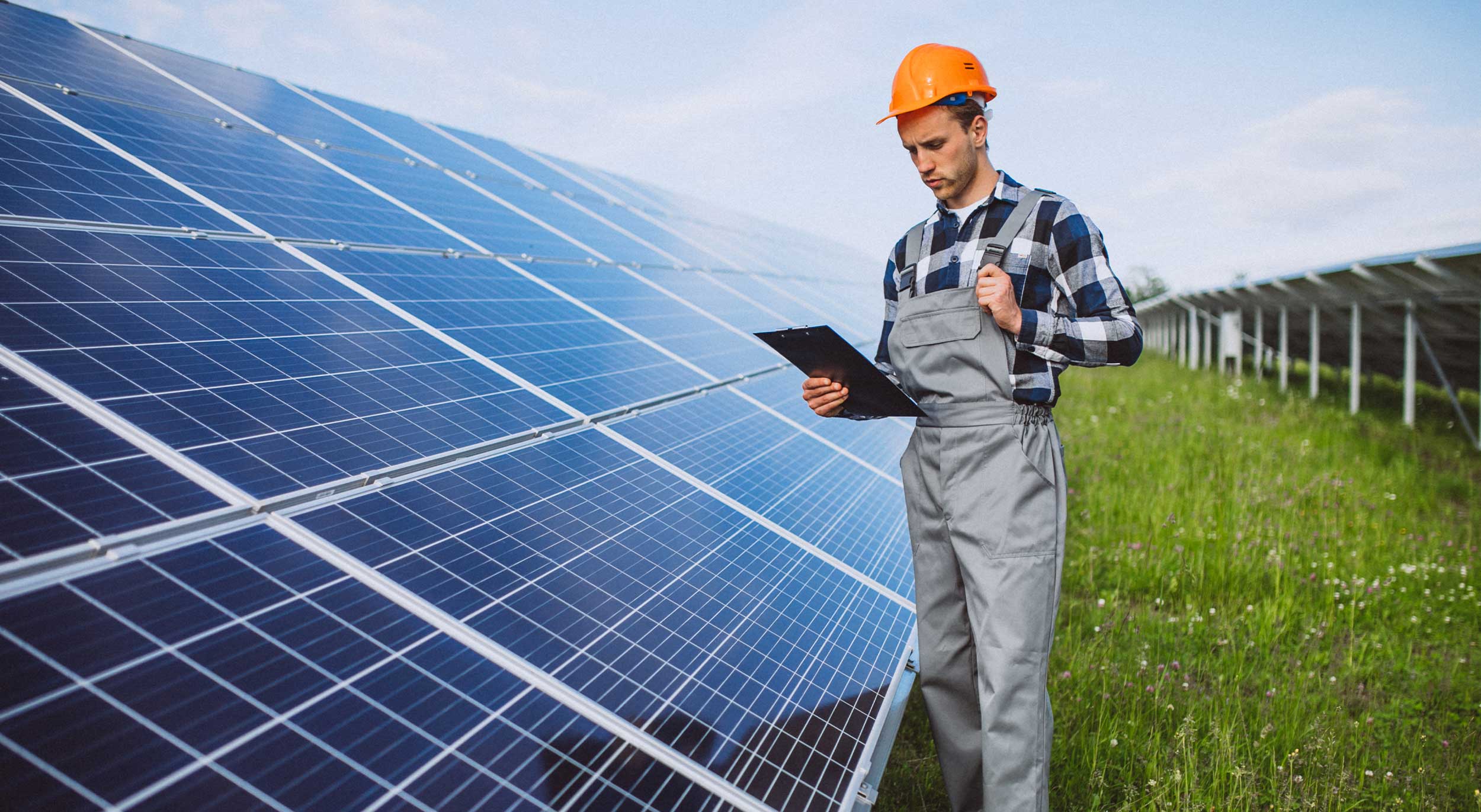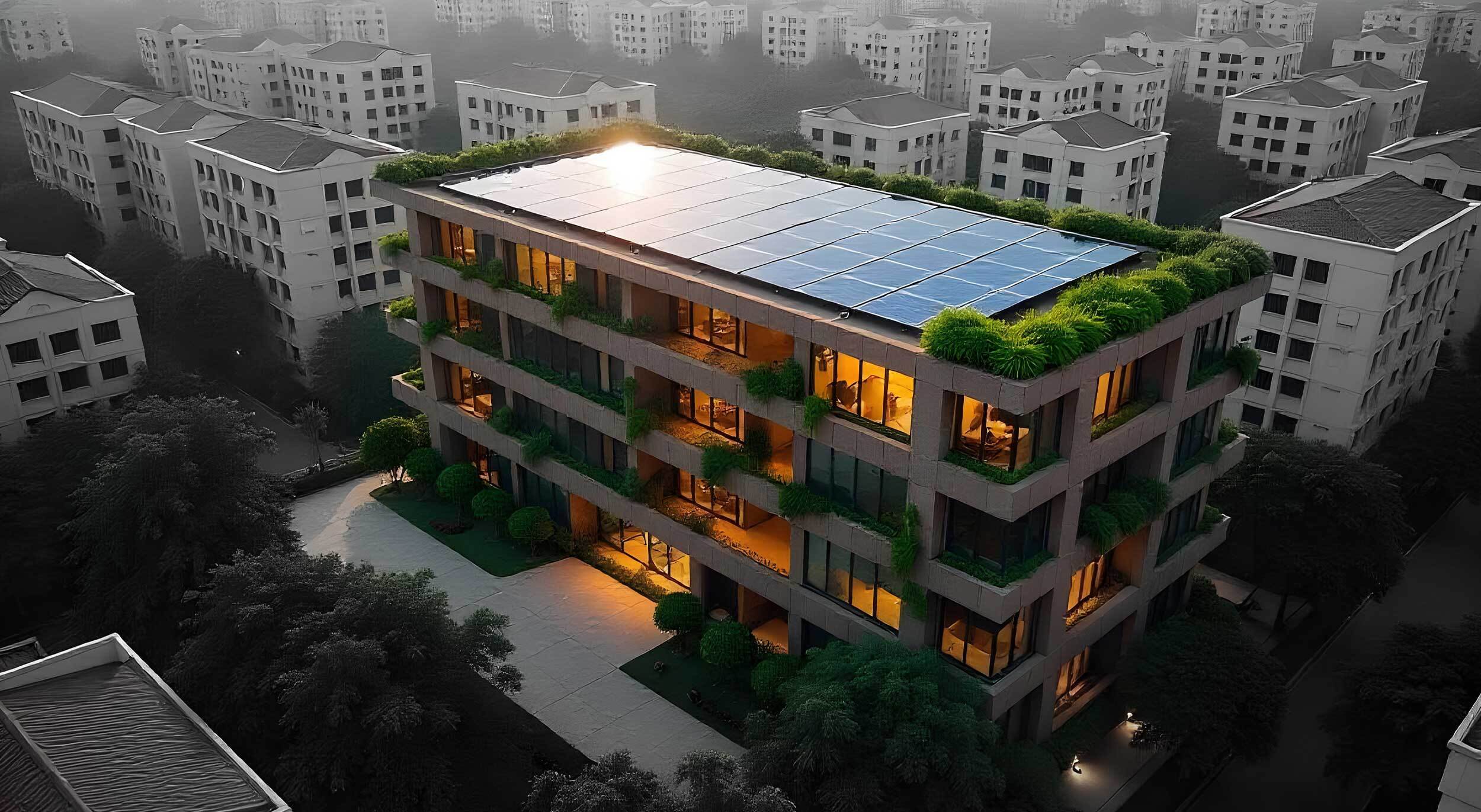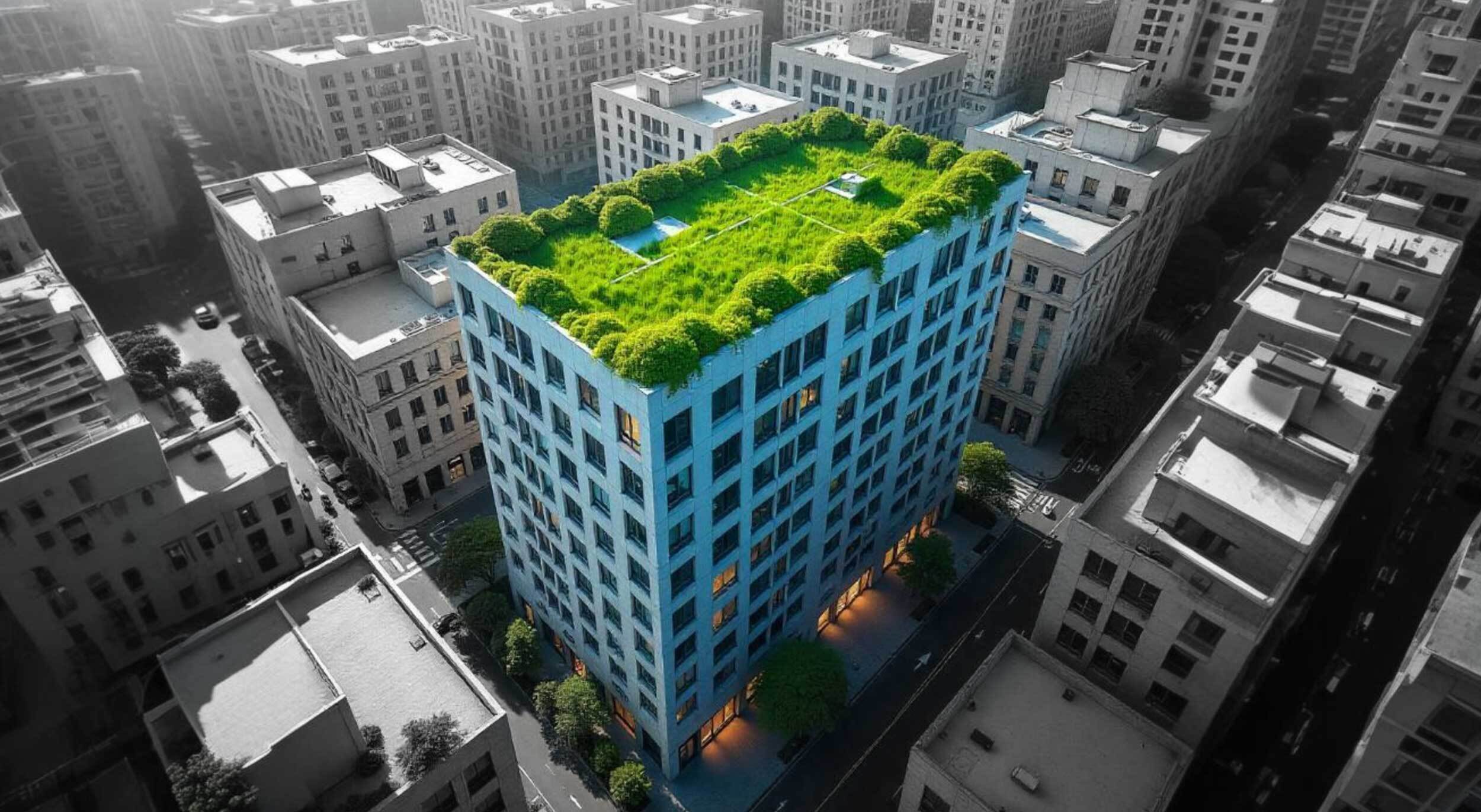New York City has established itself as one of the largest and most influential real estate markets worldwide. Its impressive accomplishments range from constructing some of the world’s earliest skyscrapers and most attractive public spaces to attracting leading investors, owners, tenants, and residents from around the globe. Given its significant influence, it’s no surprise that New York City is taking the lead in addressing one of the most significant challenges of our time: greenhouse gas (GHG) emissions resulting from real estate operations.
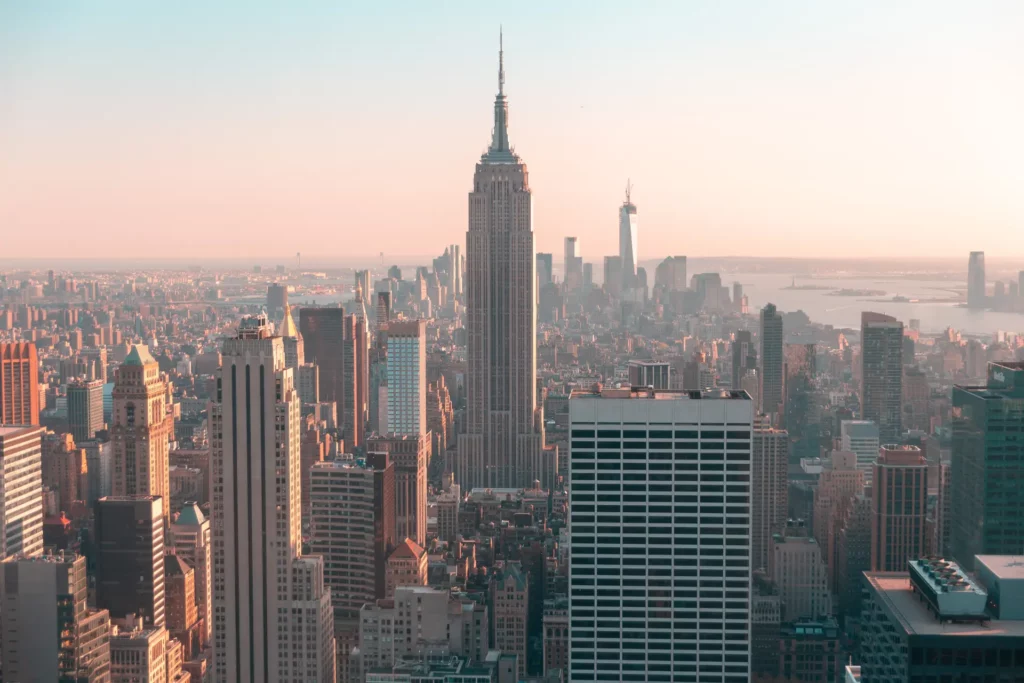
As the largest contributor to the city’s GHG emissions, real estate operational emissions, both for residential and commercial buildings, need to be addressed on an ambitious scale. This is where NY Local Law 97 (LL97) comes into play. LL97 is part of NYC’s Climate Mobilization Act and sets carbon emissions caps for energy use in New York City’s large buildings starting from 2024. The law aims to bring down emissions by 80% by initiating limitations on building emissions, encouraging building owners to embrace sustainability, and shift towards energy-saving methods and renewable energy use in their buildings.
LL97 has far-reaching implications on building owners and managers in NYC. Building owners and managers must demonstrate energy reduction by at least 40% from 2024 onwards, rising to at least 80% from 2029 onwards. This is a highly ambitious target, which is precisely what is needed to make a significant contribution towards reversing the impact of climate change.
The law requires significant investments in upgrading some of the aging building stock to energy-efficient HVAC systems, better building controls, and reduction in energy wastage, as well as a shift to non-fossil fuel-based energy. For most building owners and managers, this will mean significant upfront costs for these upgrades, and LL97 leaves no choice but to make these investments. Non-complying buildings will face heavy penalties and legal action, leaving no room for half measures, partial investments, or failing to meet the reduction targets. It’s important for building owners to understand the penal implications that come with LL97, and it comes in various forms:
- If owners/managers of buildings covered under law don’t report emissions, the fines are levied @ $0.5/ sqft / month. While that doesn’t look like a big number upfront, imagine that you own a 100k sqft building in NY, that penalty adds up to $50k/month or $600k/year in fines. And that’s simply for not reporting emissions.
- The other scenario is that a building owner invested in decarbonization but took half measures and eventually failed to meet the emission reduction targets. The penalties still apply and they’re not insignificant by any means – $268 for every tCO2e above the limit during the first period of 2024-2029. The penalty for the second period (2030-2034) is likely to be higher.
LL97 received a warm welcome from climate activists and is hailed as one of the biggest single carbon reduction efforts ever undertaken. Comprehending a law that impacts so much of New York city’s building environment will be extremely critical over the next 20 years. It would be of no surprise LL97 will set the landscape for more such legislations to get passed across the United States and other regions.





